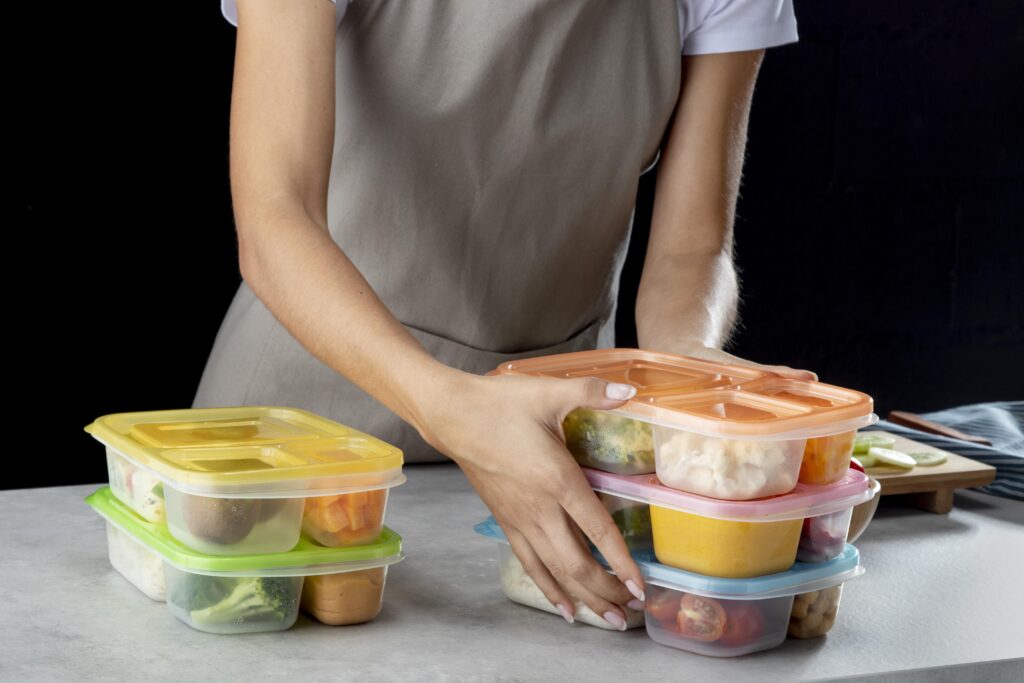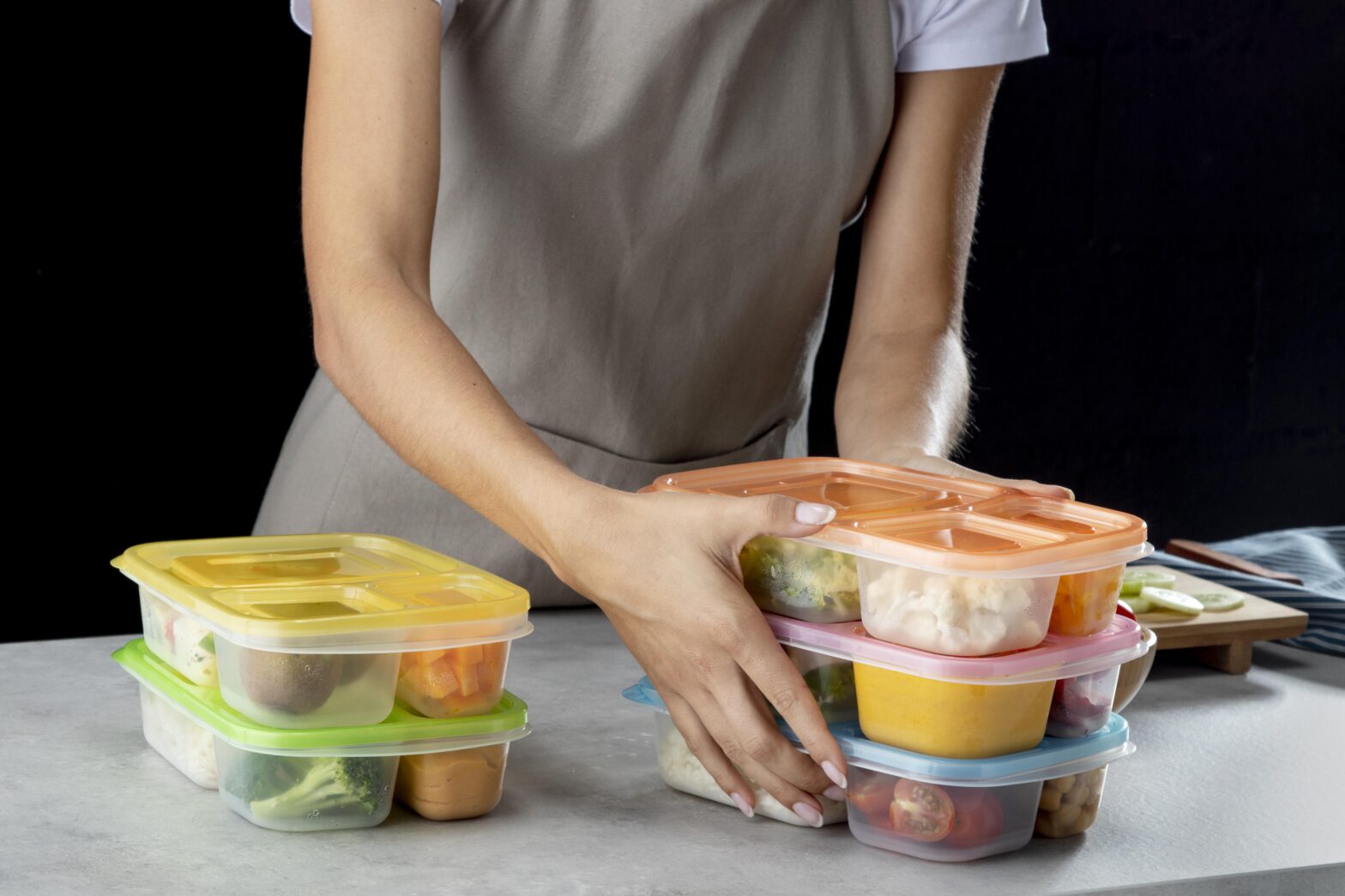
Frozen Food Makeovers: Reinventing Classic Dishes With A Frozen Twist
About Frozen foods:
The convenience of frozen food has made it a popular choice for busy individuals seeking quick and easy meals. However, frozen food makeovers take this convenience to the next level, offering creative ways to reimagine classic dishes. Discover the limitless potential of transforming frozen ingredients into delectable and restaurant-quality creations that will captivate and satisfy your palate. Step into the world of frozen food makeovers and unlock a realm of culinary possibilities that will leave you pleasantly surprised and eager to experiment further.
Benefits of Using Frozen Ingredients in Recipes
- Frozen ingredients offer convenience and time-saving benefits in meal preparation, eliminating labor-intensive tasks like peeling and chopping.
- They are easily accessible, providing a diverse range of fruits, vegetables, proteins, and more throughout the year. Despite misconceptions, frozen ingredients retain their nutritional value, as they are often frozen shortly after harvest, preserving essential vitamins, minerals, and antioxidants.
- By opting for frozen options, you can enjoy the convenience, accessibility, and health benefits they offer while exploring endless culinary possibilities in the kitchen.
Nutritional Value of Frozen Chicken:
The nutritional value of frozen chicken can vary slightly depending on the specific cut and preparation method. However, here are some general pointers regarding the nutritional composition of frozen chicken:
- Protein: Frozen chicken is an excellent source of high-quality protein, providing all the essential amino acids necessary for muscle growth, repair, and overall bodily functions. The protein content of chicken can vary between 18 to 25 grams per 100 grams, depending on the specific cut.
- Calories: The calorie content of frozen chicken varies based on the chicken part and whether the skin is included. Skinless chicken breast generally has fewer calories compared to cuts such as thighs or drumsticks. On average, skinless, boneless chicken breast typically contains approximately 165-195 calories per 100 grams.
- Fat: The fat content in frozen chicken can differ depending on the cut and whether or not it includes the skin. Skinless chicken breast is generally considered to be low in fat, containing approximately 2-3 grams of fat per 100 grams. Conversely, dark meat cuts like thighs and drumsticks, as well as chicken with the skin, tend to have higher fat content.
- Carbohydrates: Chicken naturally has a low carbohydrate content, making it a favorable option for individuals following low-carb or ketogenic diets. It contains negligible amounts of carbs. However, it is important to note that certain commercially processed frozen chicken products, such as breaded or flavored varieties, may contain additional carbohydrates due to added ingredients.
- Vitamins and Minerals: Frozen chicken is a rich source of vitamins and minerals, including B vitamins (such as B6, B12, and niacin), iron, zinc, phosphorus, and selenium. While the exact quantities can vary, chicken is generally regarded as a nutritious food that provides these essential nutrients in significant amounts.
- Sodium: The sodium content of frozen chicken can differ based on the processing and seasoning methods used. Certain varieties of frozen chicken, like breaded or marinated options, may contain elevated levels of sodium. It is crucial to review the nutrition label to determine the sodium content if you are monitoring your sodium intake.
- Cholesterol: Chicken, including its skin, contains dietary cholesterol. However, it is now understood that the cholesterol content in chicken does not have as significant an impact on blood cholesterol levels as once thought. Managing cholesterol levels relies more on overall dietary patterns and moderation rather than solely on the cholesterol content of chicken.
Extended Shelf Life and Reduced Food Waste
- Extended Shelf Life: Frozen ingredients offer the benefit of an extended shelf life, allowing for better meal planning and reducing the risk of food spoilage. With proper freezing and storage, these ingredients can be preserved for a longer period without compromising their quality or taste.
- Reduced Food Waste: Utilizing frozen ingredients helps in reducing food waste. They can be portioned and used as needed, reducing the likelihood of ingredients going unused and eventually being discarded. By reducing food waste, we can contribute to a more sustainable and environmentally friendly food system.
- Economical Choice: Frozen ingredients provide cost savings by allowing bulk purchases and reducing the frequency of grocery shopping trips. Buying in larger quantities offers discounts and ensures a steady supply of ingredients over time.
Reinventing Classic Dishes
- Fiery drum sticks: You can try the sticks with variety of sauces like tomato sauce or chili sauce, or maybe use them as a starter or snacks as well. And you may also try it out with rotis and chapatis.
- Chicken 65 and chicken tandoori tikka: Along with putting them in wraps, one can also try them in rolls too. They even can be put in pizza toppings. And one can have them with rice.
- Chicken seekh kababs: They can be used in Pulavs and Biryanis to enhance the delightful taste. Or maybe you can have them with buns or parathas as per your convenience as they are easy to make.
To end of the frozen foods,
Recap: Frozen food makeovers offer a range of benefits, including convenience, extended shelf life, and reduced food waste. They provide a versatile option for reinventing classic dishes with the use of frozen ingredients.
Encourage: Encourage readers to step outside their culinary comfort zone and explore the potential of frozen ingredients. Experiment with different combinations and techniques to transform favorite dishes into new and exciting creations.
Emphasize: Emphasize the endless possibilities and creativity that come with incorporating frozen ingredients into cooking. From adding unique flavors and textures to simplifying meal preparation, frozen food makeovers open up a world of culinary opportunities. Let imagination be the guide and enjoy the journey of reinventing dishes with the help of frozen ingredients.







